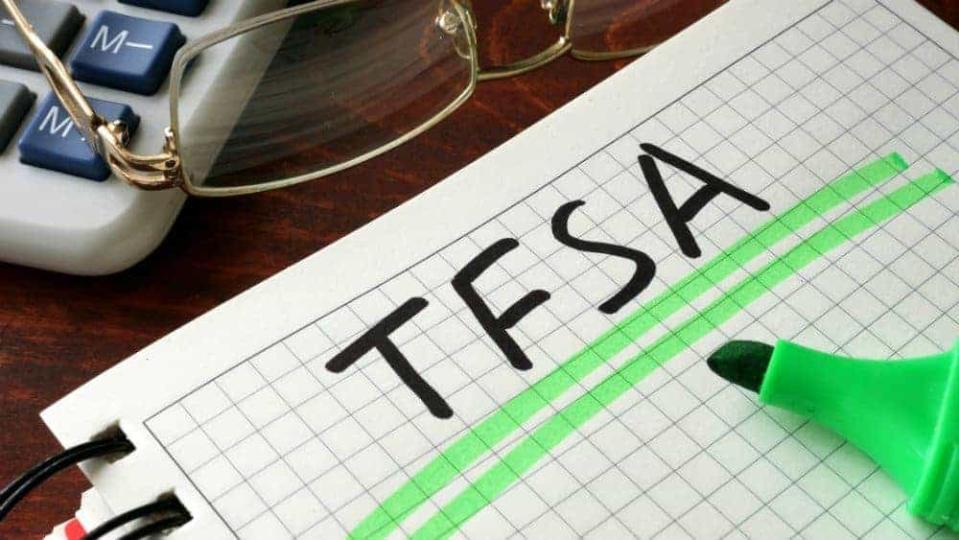1 Critical Mistake Canadians Need to Stop Making With Their TFSA

Tax-free savings accounts (TFSAs) are a powerful tool for building wealth over the long term and achieving financial independence. Introduced in 2009, TFSAs were intended to promote savings and financial independence are attracting considerable attention because of their tax-sheltered status.
While research from Bank of Montreal shows that the popularity of TFSAs is growing, with 69% of Canadians having an account by the end of 2018, many fail to fully appreciate the benefits or understand how to use them.
A widespread error
According to data from a Royal Bank of Canada poll, a common mistake many Canadians who have TFSAs make is that over 40% of people use the account to hold cash and only 19% use it for stocks.
That means they are failing to fully maximize the benefits provided by a TFSAs tax-sheltered status, where all interest, dividends and capital gains received are tax-free for the life of the investment.
Another more damaging mistake Canadians are making with their TFSA accounts is using them to hold highly speculative investments.
You see, the annual contribution that can be made to a TFSA is capped. For 2019, the contribution limit was set at $6,000, which is also the maximum contribution that can be made for 2020.
Since 2009, when TFSAs were introduced, the total amount which can be added to TFSA when including the 2019 and 2020 contribution limits is $69,500.
What many Canadians don’t realize is that they can lose their contribution room, thereby sharply impacting their ability to create wealth and achieve financial independence.
A common mistake is using a TFSA to hold risky speculative investments. If a highly volatile investment declines in value and never recovers then that contribution room is permanently lost, creating a significant opportunity cost for the investor.
Some pundits, because of the tax-sheltered nature of TFSAs, have argued that they are an ideal vehicle to hold speculative high growth marijuana stocks with the potential to deliver significant capital gains.
The problem is that those types of stocks can also lose considerable value over a relatively short period. An example of this is legal cannabis cultivator CannTrust, which has lost a whopping 86% since the start of 2019. If the stock doesn’t recover, that contribution room is permanently lost.
That creates a tremendous opportunity cost for the account holder, as if the investment had been made in a stock with a proven history of delivering value like Bank of Nova Scotia (TSX:BNS)(NYSE:BNS), then the contribution room would have expanded as it grew in value, thereby maximizing the tax benefits available to the account holder.
Furthermore, what many Canadians don’t realize is that because the loss was incurred in a tax-sheltered account they can’t sell the stock and claim the capital loss as a deduction against capital gains realized from selling other profitable investments.
For these reasons, there’s really no place for speculative, highly volatile or risky investments in a TFSA.
Scotiabank is an ideal long-term investment to create wealth because it operates in a heavily regulated industry with oligopolistic characteristics which along with the steep barriers to entry protects it from competition.
That, along with Scotiabank’s expansion into Latin America and wealth management, as well as the focus on driving greater efficiencies from its operations, including the digitization its operations will boost profitability and earnings.
By reinvesting the dividends paid by Scotiabank, at no additional cost through its dividend reinvestment plan (DRIP), investors can unlock the power of compounding and accelerate the speed at which they create wealth.
This becomes apparent when considering that an investment in Scotiabank 10 years ago, where the dividends were reinvested, would have generated a total return of 152% or just under 10% when annualized. That’s compared to a 125% or 8.5% average annualized return if the dividends had been taken as cash.
Foolish takeaway
While TFSAs are an ideal vehicle for building wealth over the long term, it’s important to select the right stocks to maximize the tax benefits and access the power of compounding to boost the pace at which wealth can be accumulated.
More reading
Fool contributor Matt Smith has no position in any of the stocks mentioned. The Motley Fool recommends BANK OF NOVA SCOTIA. Bank of Nova Scotia is a recommendation of Stock Advisor Canada.
The Motley Fool’s purpose is to help the world invest, better. Click here now for your free subscription to Take Stock, The Motley Fool Canada’s free investing newsletter. Packed with stock ideas and investing advice, it is essential reading for anyone looking to build and grow their wealth in the years ahead. Motley Fool Canada 2019

 Yahoo Finance
Yahoo Finance 